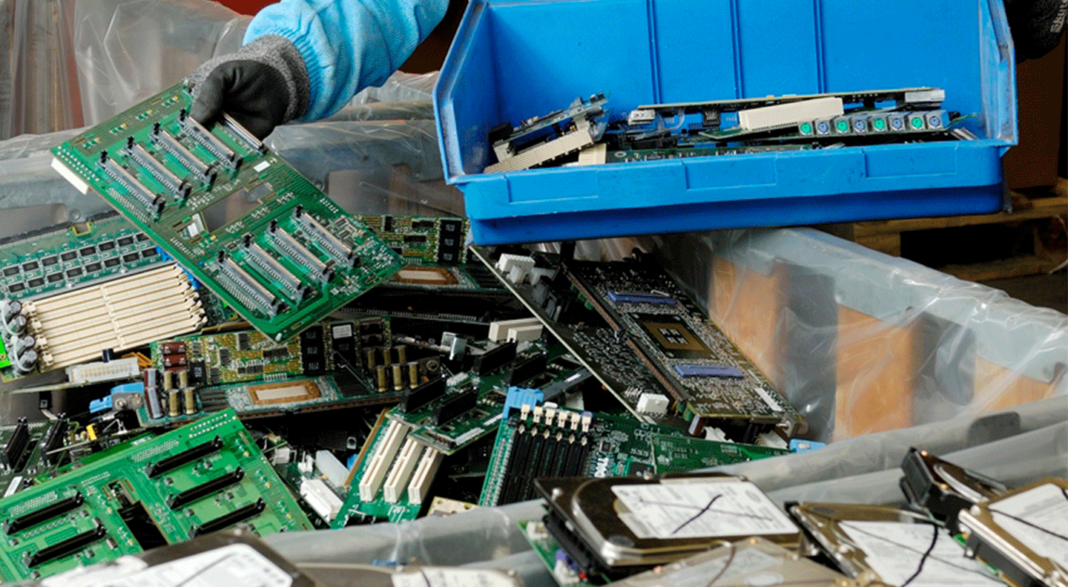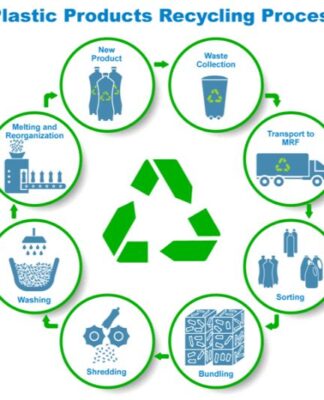Personal information protection is the number one priority when you’re disposing of old electronics. Without learning the necessary steps, you could be at risk for identity theft, unauthorized transactions, and more.
Take control of your digital identity before it’s too late.
Protection of personal information allows you, the owner, to take matters into your own hands. This guide will cover the safest ways to transfer information from your old electronics and ensure it doesn’t end up in the wrong hands once it’s been disposed of.
Let’s dive into the details.
Personal Information Protection
Before you wipe your electronics of all their memory, take some time to save the information on them.
You might be thinking to yourself, what kind of information is worth saving? Do I have the space to move large files?
Transferring files from computer to computer is done in two different ways: saving files to an external storage drive and saving files to a cloud. Both of these concepts are safe, secure, and able to handle the workload of big files.
External Hard Drives and Flash Drives
They may seem old as time, but flash drives are still a great way to protect your personal information. The more advanced version of those tiny little sticks is called an external hard drive. These provide maximum storage capacity and the ability to transfer files faster.
You can schedule automatic backup periods where your external hard drive will take time during the day to save new files without interruption.
Flash drives are a short-term option that provides portability and a quick fix. External hard drives are a little more robust and advanced in the protection of personal information. Both of these options offer a useful solution in different settings.
Using the Cloud
The cloud is one of the easiest ways to transfer information because of its accessibility.
Saving files to a cloud-based system like Google Drive, Dropbox, iCloud, or file transfer programs like GoAnywhere can save you time and money. GoAnywhere cloud file sharing connectivity features provide flexibility to partially or completely migrate to Azure or Amazon cloud infrastructure. Most cloud systems are free to use and provide privacy and security settings that ensure your information is in good hands.
These programs include digital identity verifiers that provide personal information protection that other alternatives can’t. Modules like the one at Certus also provide tamper-proof data certificates that make identity theft difficult.
Final Checks and Information
Now that you’ve transferred files and made disposing of these devices easy wipe your hard drive by following a few key steps.
Delete and overwrite any sensitive files, turn on-device encryption, clear your browsing history, deauthorize any computer or device connection, and fully remove the data from your PC by completing a factory reset.
These steps will provide the ultimate identity theft protection that other types of personal information protection tactics can’t.
Know Before You Go
Understanding the ins and outs of personal information protection can save you tons of headaches in the future.
This type of information provides clarity, peace of mind, and, most importantly, new information. If you’re always looking for better ways to learn, keep reading our articles.
Whether it’s sports, finance, or business, you name it, and we have it. Know the details before you go out and test your knowledge.















